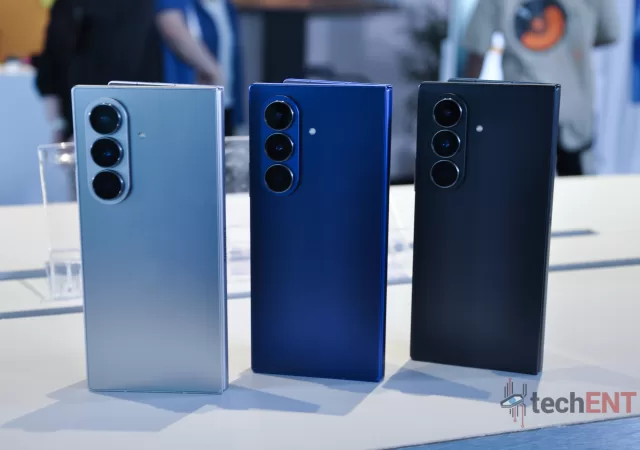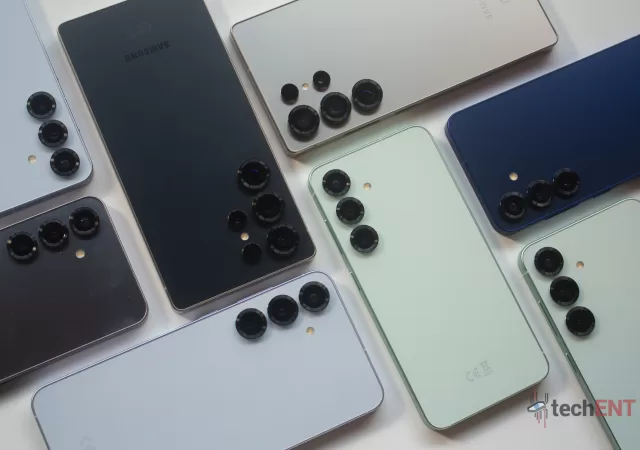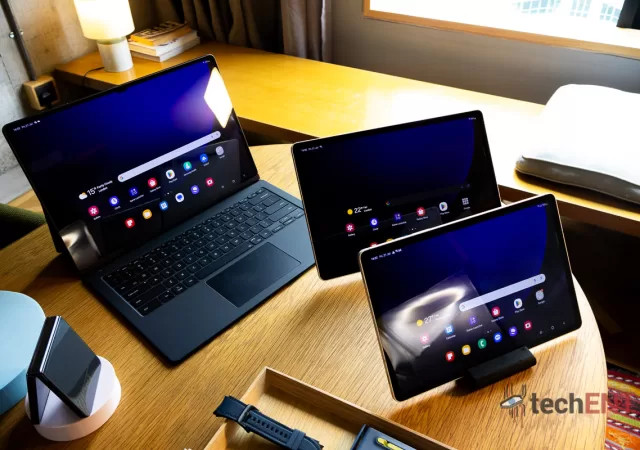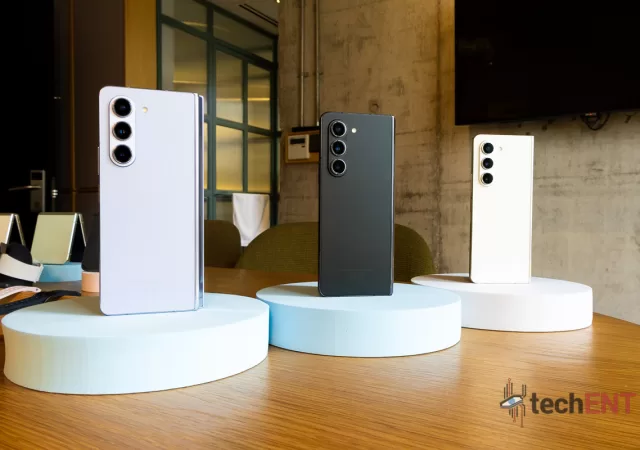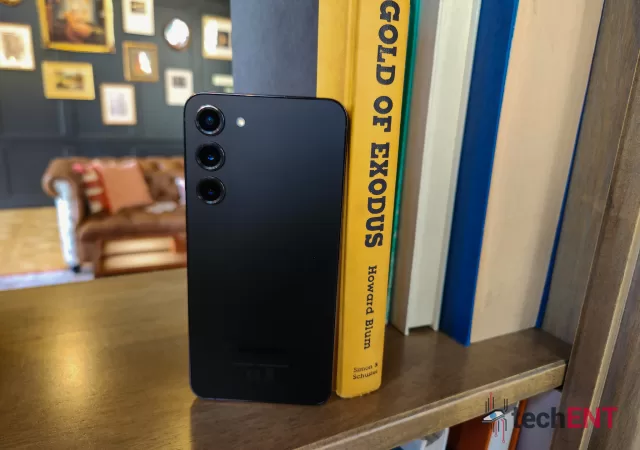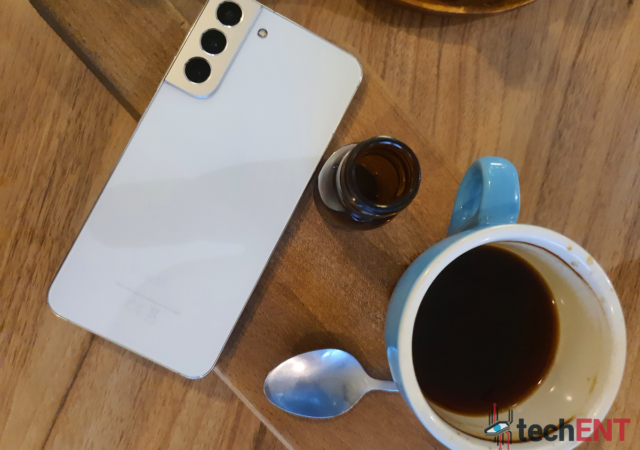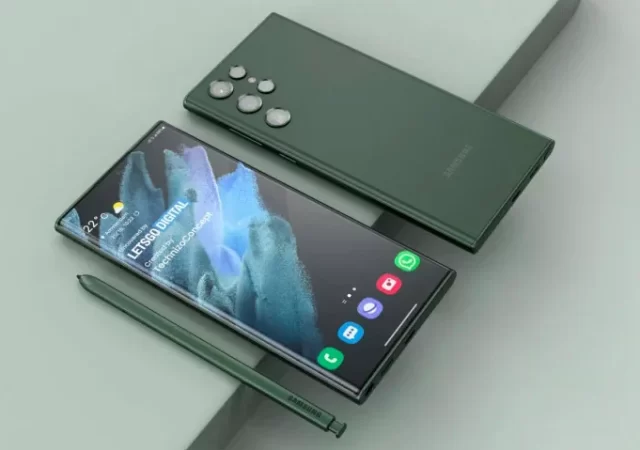Samsung unveils its slimmest Galaxy Fold ever with the Galaxy Fold7 that comes in at only 4.2mm unfolded.
Samsung Galaxy S24 FE Makes Galaxy AI Even More Affordable with RM3,299 Price Point
Samsung pushes Galaxy AI for all with a more affordable flagship in the Galaxy S24 FE with the Exynos 2400e and all the AI you could want!
Samsung Galaxy Z Flip6 In-Depth Review: Fashionable Never Looked So Smart
Samsung’s latest flip phone is an iterative update of the Galaxy Z Flip series – or is it? techENT is breaking down the new smartphone to get the answers.
The Fan Edition Returns with the Samsung Galaxy S23 FE
The Galaxy S23 FE is here – find out why this formidably advanced phone with 8GB of RAM has caught the attention of tech reviewers.
The Samsung Galaxy Tab S9 Streamlined for Productivity & Creativity
Samsung unveils its Galaxy Tab S9 series of tablets with improved features for productivity on the go and a seamless Galaxy ecosystem experience.
Samsung’s New Galaxy Z Fold5 Is Built for Productivity with a Slimmer S Pen & Slimmer Silhouette
Samsung introduces the new Galaxy Fold5 which brings small but impactful changes that make the foldable tablet a more compelling piece of technology.
Samsung Galaxy S23+ In-Depth Review: Refinement at Its Best For A Price
Samsung’s latest Goldilocks flagship, the Galaxy S23+, continues to be an addition into what can only be called an iterative formula. But has it done enough to stand out?
Samsung Galaxy S22+ In-Depth Review: The Latest Refinement With A Little Bit More to Be Desired
Samsung’s Galaxy S22+ is one of their latest flagships on the market and brings their latest and greatest for everyone, but is it worth your money?
Samsung Galaxy S22 Rumour Round-Up – Everything You Need To Know
Samsung is set to announce their new Galaxy S22 series in a few days. Here’s everything you need to know about the upcoming flagship.



